Kuminga has backed down, and the drama is finally over.
The longest and most unpleasant soap opera of this summer has come to an end; Kuminga ultimately lacked the courage to accept the qualifying offer and instead agreed to a two-year, $48.5 million contract with the Warriors, with the second year being a team option.
This contract will grant Kuminga trade eligibility by mid-January next year, and it is anticipated that both parties will discuss potential trades at that time, since this can be regarded as an expiring contract just over $20 million. Unless Kuminga has a breakout season next year—which is unlikely—he will probably still be part of the Warriors’ trade plans.
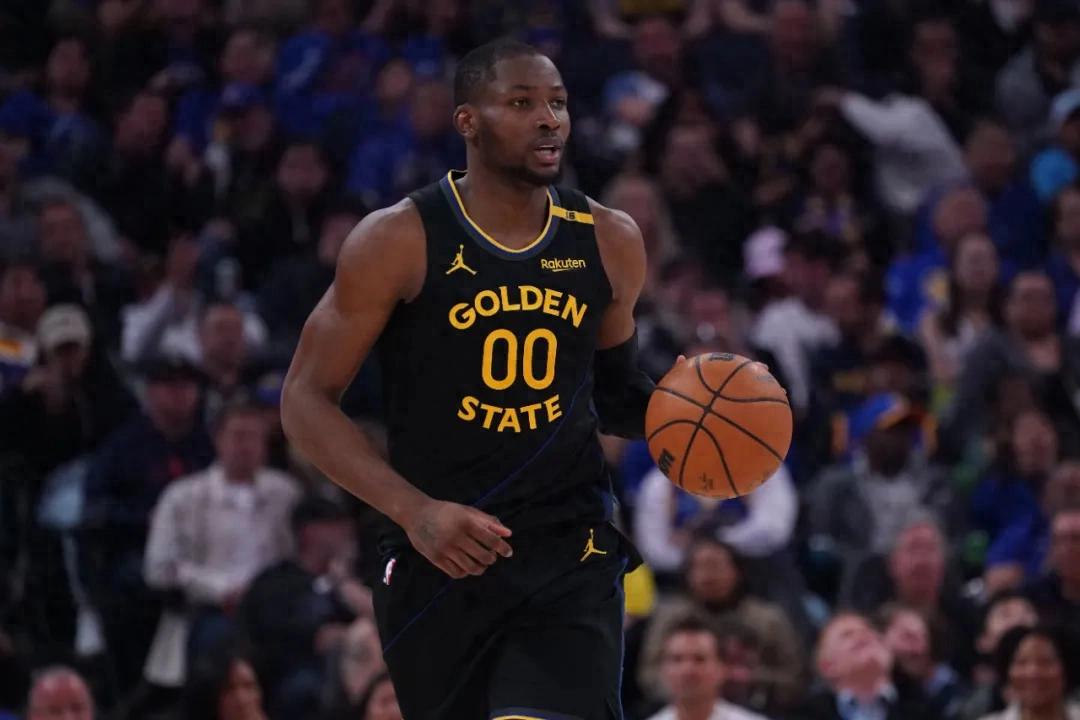
Compared to the Warriors’ last reported two-year offer, this contract adds $3.5 million, most likely included as a trade bonus within the deal. Previously, the Warriors presented Kuminga with three options: 2 years, $45 million with a team option; 3 years, $75.2 million with a team option; and 3 years, $54 million without a team option.
Kuminga stated that he declined the three-year deal to maintain greater control over his career. Of course, that sounds good in theory, but if he truly had that confidence, he could have accepted the qualifying offer and left the Warriors next summer.
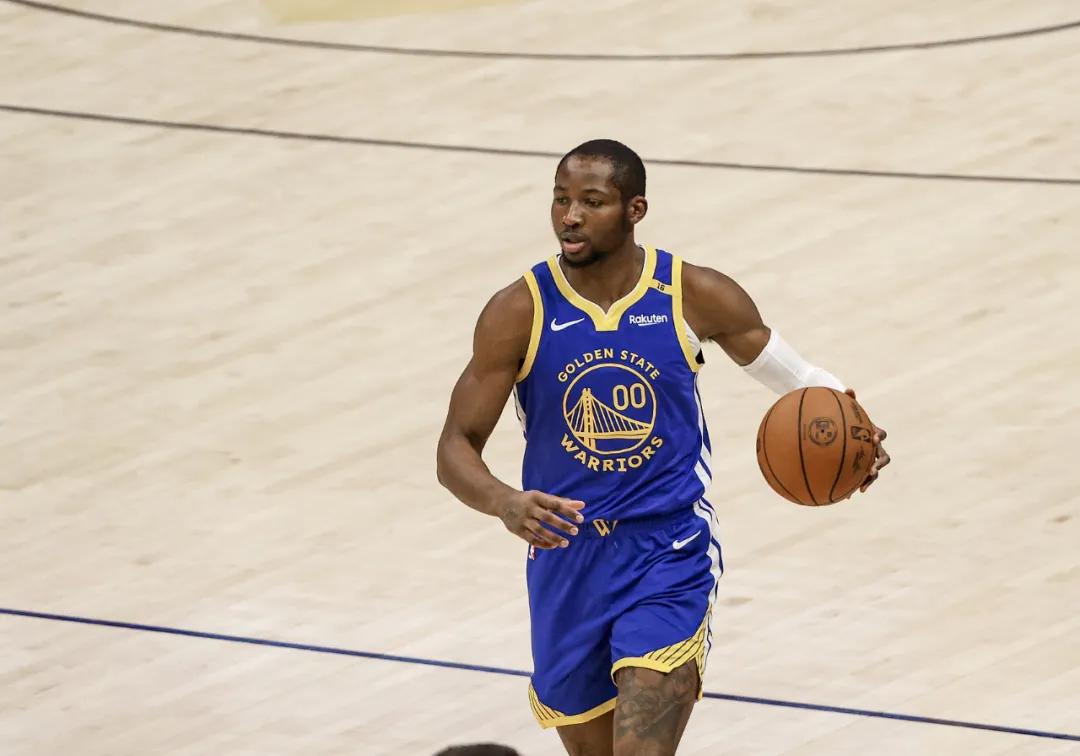
In the end, Kuminga probably came to terms with the situation—if he’s likely to stay with the Warriors for only one more year, why not secure more money now? Given the current circumstances, his chances of being heavily utilized next season are slim, and even as a free agent, he may not receive a big contract, so it’s better to take the guaranteed money now.
From July to September, Kuminga and the Warriors went through multiple rounds of negotiations, which made me sick of hearing about him. The prolonged tug-of-war ended with Kuminga increasing his original two-year, $40 million offer by $8.5 million, which is about $15 million more than the qualifying offer.
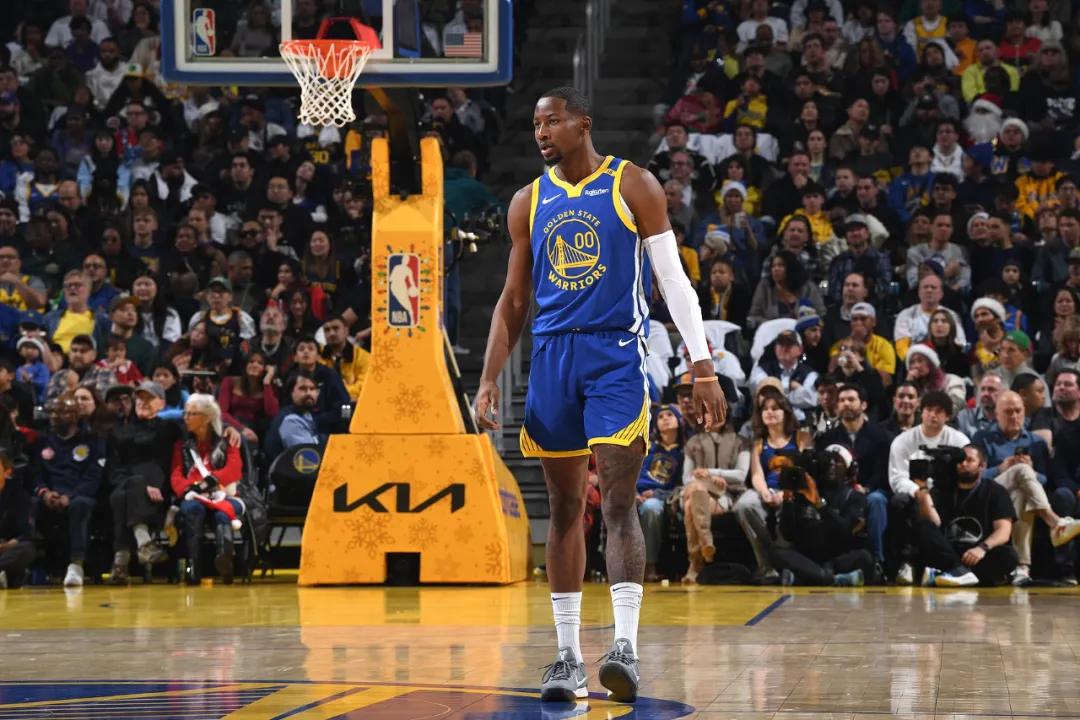
For Warriors’ GM Bob Myers, his offseason work can be considered complete. With Kuminga’s re-signing finalized, the Warriors are also set to sign Seth Curry, Steph Curry’s brother, who boasts a career three-point shooting percentage of 43.3%.
Myers held the line by including a team option in the contract, ensuring the Warriors retain control and preventing Kuminga from accepting the qualifying offer, thereby avoiding the risk of losing him for nothing.
The Warriors ultimately offered Al Horford a two-year, $12 million contract with a player option in the second year, reflecting strong confidence in Horford’s condition. By reinforcing their weakest center position, the Warriors have effectively completed their biggest offseason task. The rest will be up to Coach Kerr.
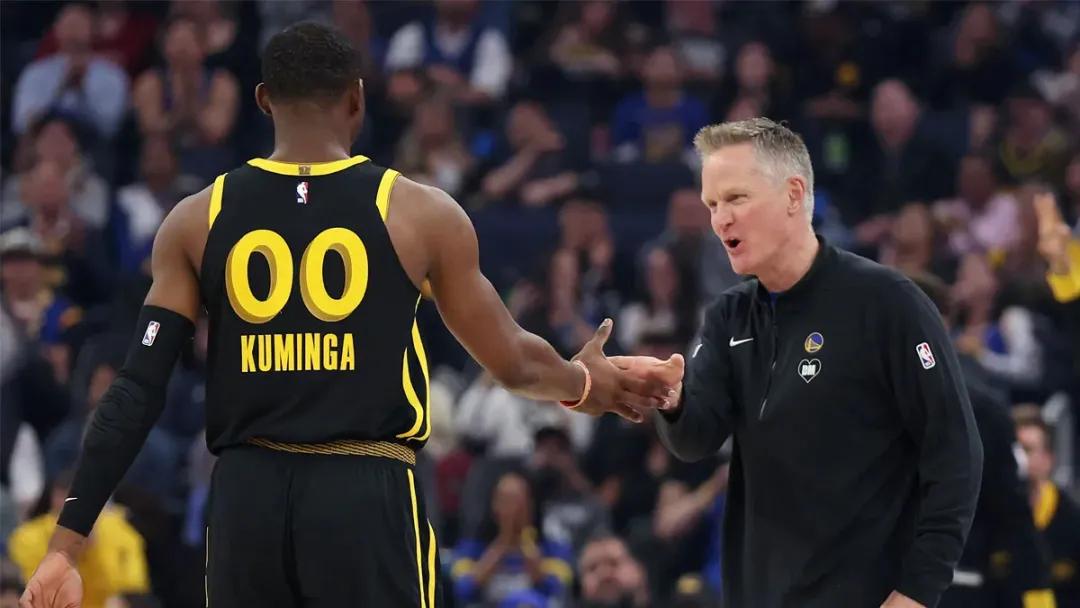
The combined age of the Warriors’ four confirmed starters is quite high, so it’s impossible to use that lineup all season. Therefore, centers like Poole and TJD will still see playing time. Kerr’s often criticized long rotations will definitely be part of the Warriors’ strategy next season.
Regarding Kuminga’s role, it will likely be similar to last season—as a bench scorer who comes in to use his explosiveness to generate points. The Warriors’ frontcourt starters are set as Butler, Draymond, and Horford, leaving no spot for Kuminga. Moreover, having Kuminga, Butler, and Draymond on the floor simultaneously would severely limit the team’s spacing.

What Kuminga wants and the role assigned by the team have always been at odds; the two sides have never aligned, making it impossible to work cohesively. Kuminga desires a starting position, a primary ball-handler role, and significant usage to produce star-level stats.
However, within the Warriors’ established system, they prefer Kuminga to fill the 3-and-D role previously held by Wiggins. Despite his talent, Kuminga doesn’t know how—or frankly doesn’t want—to exert effort on defense, so he only receives some playing time off the bench.
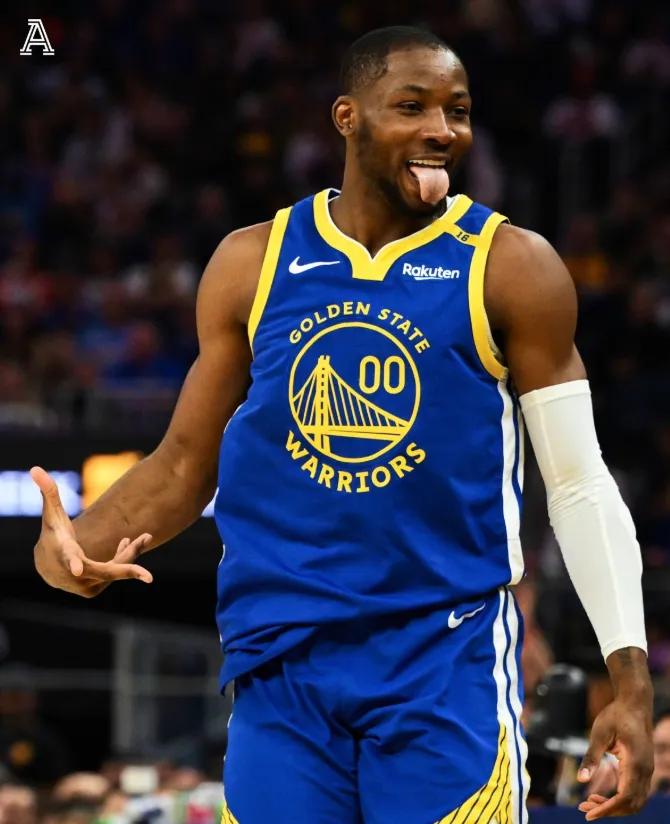
We saw the result of making Kuminga a core player during last season’s second round of the playoffs; he clearly wasn’t ready. Kerr’s deployment of him was not wrong—it’s simply that Kuminga’s abilities don’t match his ambitions. His offseason pursuit of a big contract reflects the same mismatch. When ability and desire don’t align, disappointment is inevitable.
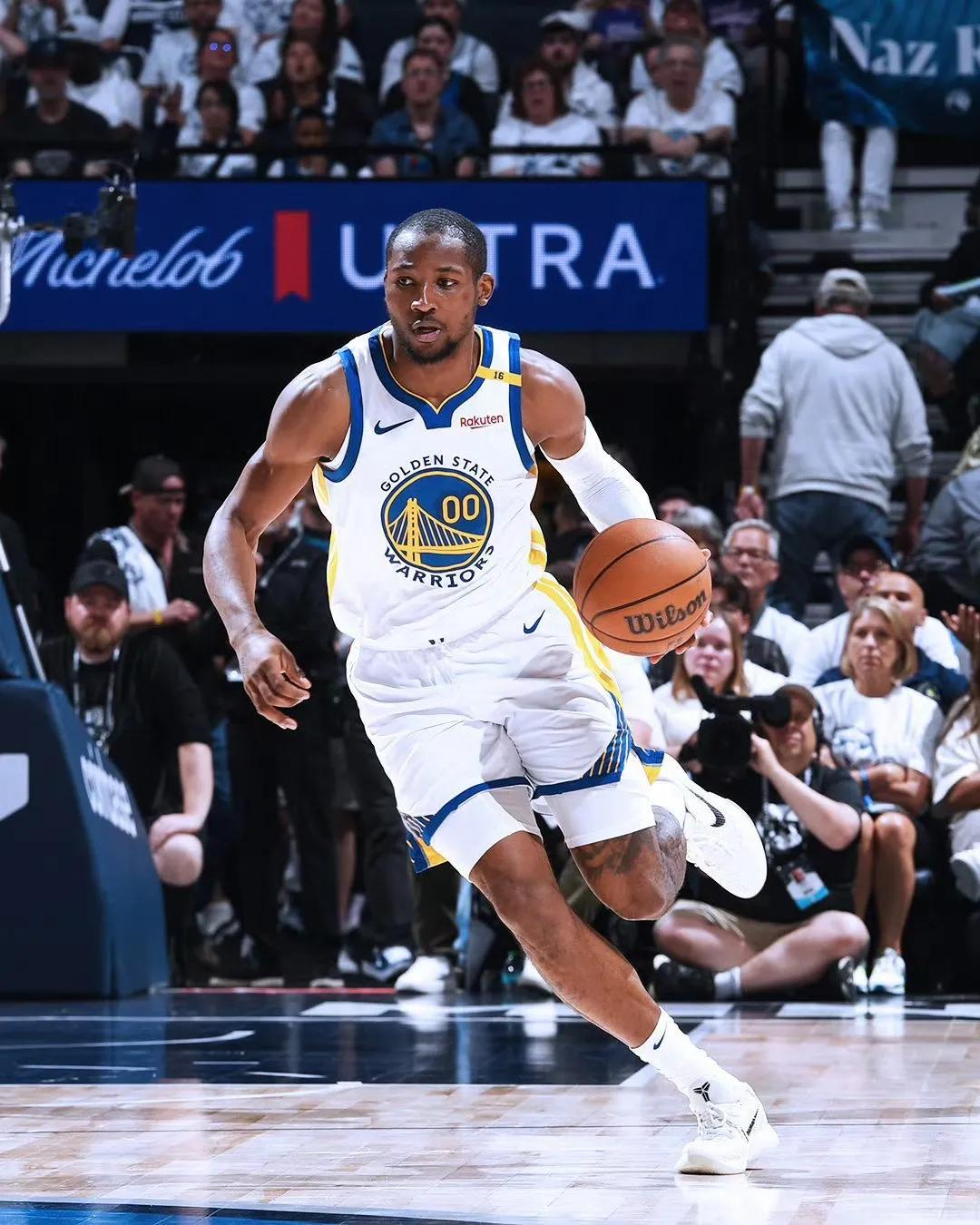
In any case, the Warriors’ roster for next season is finally set. Although Curry is a year older, the team’s lineup looks more promising than last season’s. Also, keep an eye on January 15, 2026—the date when Kuminga becomes trade-eligible. Along with his contract and four tradable first-round picks, the Warriors have the capacity to make a major move then.


Wonderfulshortvideo
First player to ever do it 🔥


Russell Westbrook showed out with his 204th triple-double 🔥


Victor Wembanyama joins @Rachel DeMita to answer trivia questions about his basketball journey! 🏀


Jalen Green slices his way to the basket for his first @Phoenix Suns pts ‼️


Luka finds Jaxson Hayes for another electric slam 🥵


What a close game 🍿


“I have much respect for him, much love, and I really enjoy his games.” 🤝








 Links
Links
 Contact
Contact
 App
App


